MID-SIDE in Parabola
Reading Time: 4 minutes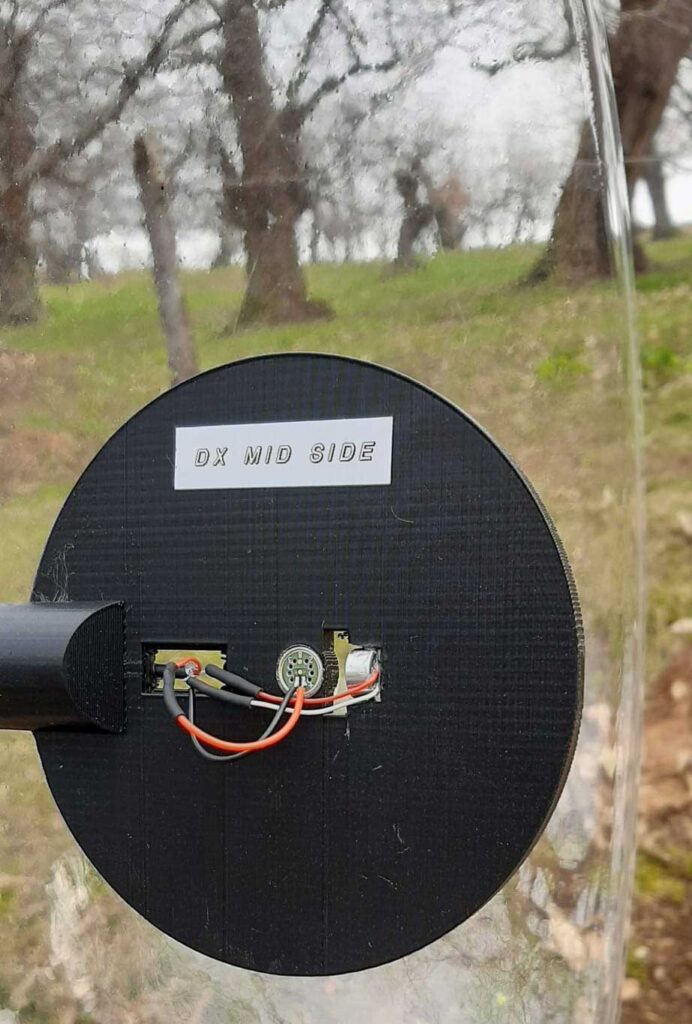
The stereo recording in parabola has long been debated for its “authenticity” or not in restoring the soundstage. The simplest way to obtain an assembly to be placed inside a parabolic dish, has so far proved to be that of the baffle (with a more or less rounded shape) with the capsules opposite to each other.
I introduced the topic here:
and here:
The first setup I saw with the MID-SIDE technique was on the Wildlife Sound Recording Society website. This is a setup that includes two of the best Sennheiser microphones: a MKH-30 figure eight and a super cardioid MKH-50. However, this setup is certainly not practical, given the bulk and weight that comes with it, so with problems for freehand use. Certainly, put on a solid tripod gives the best of this technique.
Starting precisely from this realization, I thought about what could be the way to have a Mid-Side system in parabola, which was however as light as possible and at the same time had a dignified quality, both in terms of sound quality and in recreating the soundstage as realistic as possible.
I looked for what could be the best microphone capsules with a reduced diameter (10 mm) that could satisfy my need. Having decided to use a baffle like the one I used in my DIY stereo realizations, I inserted the figure-eight capsule exactly as if it were a usual capsule. The only warning I had was to insert it with the front side on the left side, in order to have the signal correctly oriented on both sides (L/R) when it is recorded with a recorder equipped with the Mid-Side encoding/decoding function. The only figure-eight 10 mm capsule I could find available at the time was (and still is today october 2023), the 10mm Primo EM 283 capsule (BTW the same capsule is used inside the Zoom H2n).
It remained to decide what type of capsule to use for the mono channel, whether a Cardioid or an Omnidirectional. Initially opted for a Cardioid, I chose a Primo EM 182, the capsule with the best s/n ratio among these 10 mm cardioids. However, after some tests I felt I had to try an Omni capsule; I tried the AOM 5024 that I was already using for other setups, including the usual stereo baffle.
The following tests are therefore carried out using the AOM 5024 + EM 283 setup.
Here is an example by keeping the parabola stationary in the center of the soundstage, while a female Mallard flew to the right to pass in front and then to the left.
This other one is a recording of a Common Nightingale with some other songs of both Nightingale and Blackcap in the background, but also a Cetti’s Warbler, a distant Cuckoo and a nearby common European Turtle Dove.
Below the waveform: there are more than 12 dB of difference between the left AOM 5024 channel and the right EM 283 channel on the original not decoded tracks.
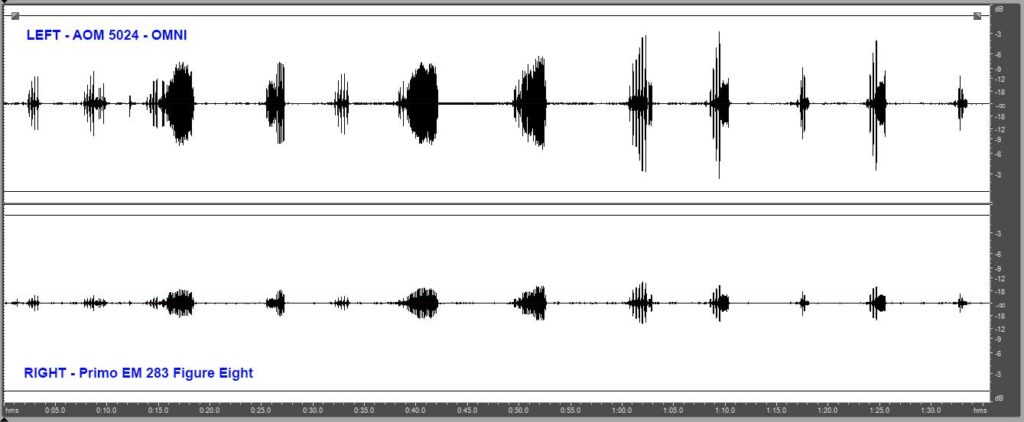
The difference in sensitivity and s/n ratio between the two capsules is considerable; however, I must say that used in this way you do not feel the lack of two balanced capsules. This figure eight all in all allows us to configure the system in Mid-Side mode, and in the end that’s what matters to me as a result. Probably using the EM 172 the whole will be more balanced, since this last gives about 6-8 dB less signal than the AOM 5024.
I will shortly reserve to build a baffle by replacing the AOM 5024 with a Primo EM 172 or the new EM 272.
If in the future a figure-eight capsule with better features than the current EM 283 should be produced, it will be welcome!
The Mid/Side system allows you to have a mono channel to be able to carry out any spectrographic analyzes and other measurements; however, this is possible also by selecting a single channel from a classic stereo baffle recording.
The Mid-Side technique allows us to “play” with the desired sound width for the sounstage.
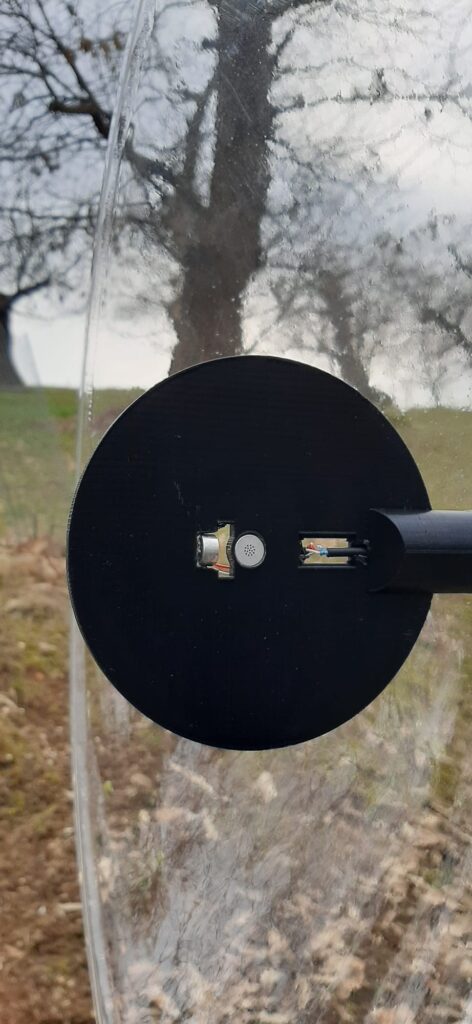
UPDATE
Below is a test using the omnidirectional capsule PRIMO EM 172 (now replaced by Primo with the EM 272); it seems more balanced than the previous system to which I had combined the PUI AOM5024 omnidirectional capsule.
But this is only valid if we use the Mid Side with a recorder that does not have the left and right channels adjustable separately. Otherwise, we can adjust the greater efficiency of the AOM 5024 capsule by adjusting the signal depending on how much presence we want on the central channel compared to the SIDE channel, the SIDE channel which ultimately gives the final stereo image. All this is overcome if we use a recorder that incorporates Mid Side encoding, preferably one in the XLR version (with the exception of the Sony PCM D100), in which case we can easily proceed with the normal M/S function.
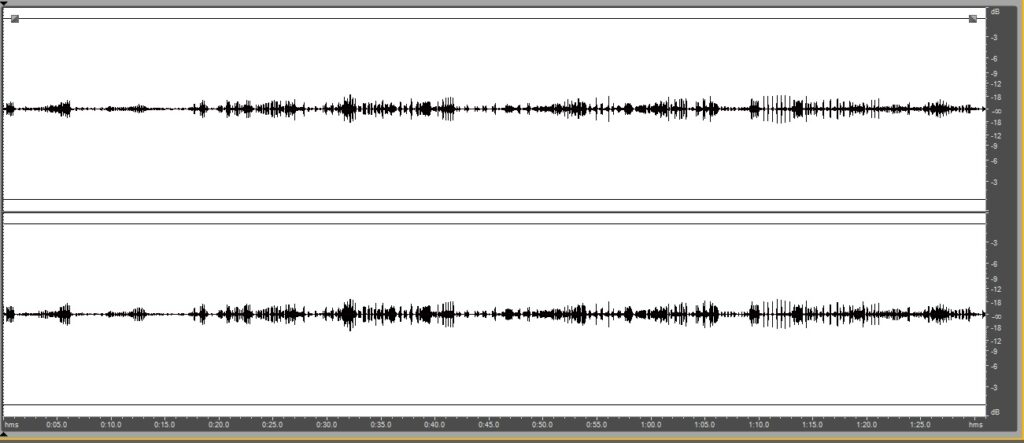
above the original unencoded file
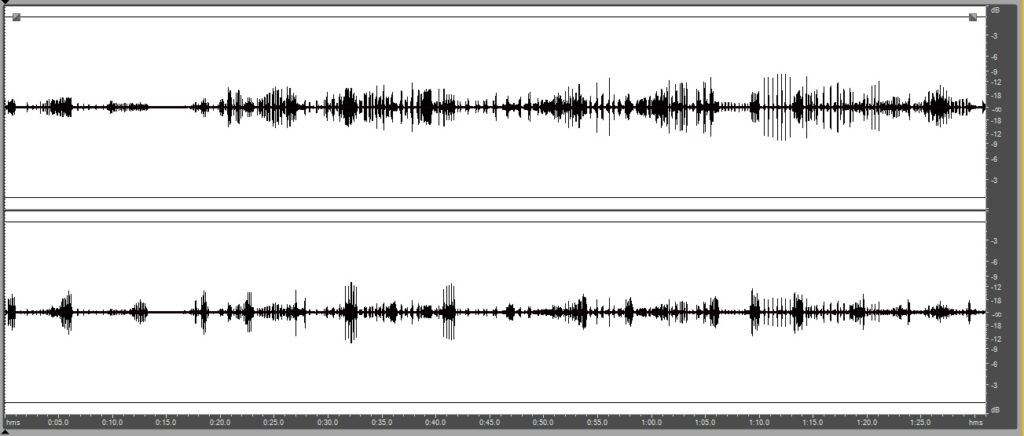
here the file after the M-S encoding:
LEFT = MID + [(SIDE – 3dB) all panned left] – RIGHT = MID + [(SIDE INVERTED – 3dB) all panned right]
Mid Side explained https://www.justmastering.com/article-mid-side-stereo-explained-part1.php

Commenti recenti